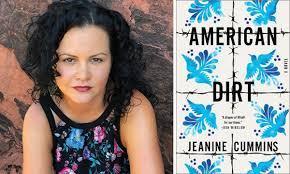 Jeanine Cummins’s novel American Dirt begins with a bang. Literally. A gunshot. Then a lot more.
Jeanine Cummins’s novel American Dirt begins with a bang. Literally. A gunshot. Then a lot more.
It’s a quinceañera party, in Acapulco. The massacre’s cause: a newspaper reporter who wrote about a drug cartel boss. Eighteen die. Only his wife Lydia, and her heroic eight-year-old son Luca, escape. Knowing they’re hunted, they become migrants, heading for “El Norte” (America).
Lydia had owned a bookstore; formed a deep bond with a customer who’s a real book lover and (bad) poet. He was in love with her. He’s the cartel boss.
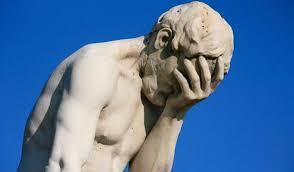
Literature is about the human heart and soul. This book exemplifies it. From the first words, the reader confronts two human beings in extraordinary trauma, knowing they face a terrible ordeal ahead. Does it matter they’re Mexican?
For some it does. The book prompted a firestorm of criticism for “cultural appropriation.” How dare a white American write a novel depicting Mexicans? This doctrine of the politically correct woke left elevates identity politics to a new height. As if a violator steals something from whom they portray.
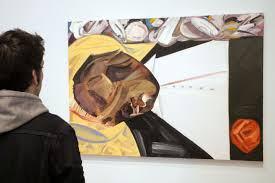
There’s a spate of polemics calling upon whites to get past their whiteness, or some such incoherent notion. Demanding wokeness. What could be more woke than trying to evoke tears for Emmett Till? You’d think. But no. Destroy that painting.
I’ve discussed this before; also in reviewing Robert Boyers’s book The Tyranny of Virtue. The watchword is “stay in your lane.” Of course that doesn’t apply to non-white artists or writers portraying whites. But otherwise, Boyers points out, “stay in your lane” applied strictly would mean white writers limited to memoir only.
This is why I make a point of literature being about the human heart and soul. That’s what Cummins is engaged in — very powerfully. Had the “cultural appropriation” cops been always with us, we’d have scant literature altogether.
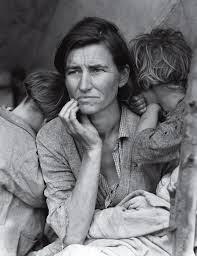
These are the migrants Trump and his minions so despise. Dehumanizing those whose humanness far excels their own. Any one of those migrants, with the capabilities and grit to surmount all the horrible pitfalls, and actually make it to our border, puts to shame the Americans who hate them. Those migrants have qualities that make our country great. I wish we could swap out the one group for the other.
Of course this is the import of the book’s title. Many Americans call these people “dirt.” I thought it could also mean “American soil” — something confirmed near the end.
The book does spotlight that migrants entering America, instead of receiving Good Samaritan treatment, succor and sanctuary, are today met with yet more vicious cruelty.

No — not American. Just plain Dirt.
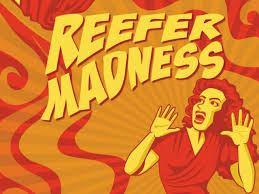
Yet I am an optimist, a believer in progress. Grounded in most people being good. It’s not a faith; it’s empirical, based on an understanding of the scientific evolutionary reasons why it’s so, as well as a lifetime of experience. Some actors in this book are very bad indeed. But most are good. Throughout Lydia’s and Lucas’s ordeal, made gut-wrenching by those bad people, they encounter far more who are good. But for whom they’d be dead. It could almost be a fairy story.
On a lighter note — I visited Acapulco once. In 1973, when the very name connoted carefree tourism. Before the criminality that has almost destroyed the place. I went there with a girl on what was literally a blind date. But one crime did take place.
The much tonier hotel next to ours was the Club de Pesca. On a lark we snuck in there just to sit by the pool. A waiter came by; we ordered a little something.

Ah, youth.
